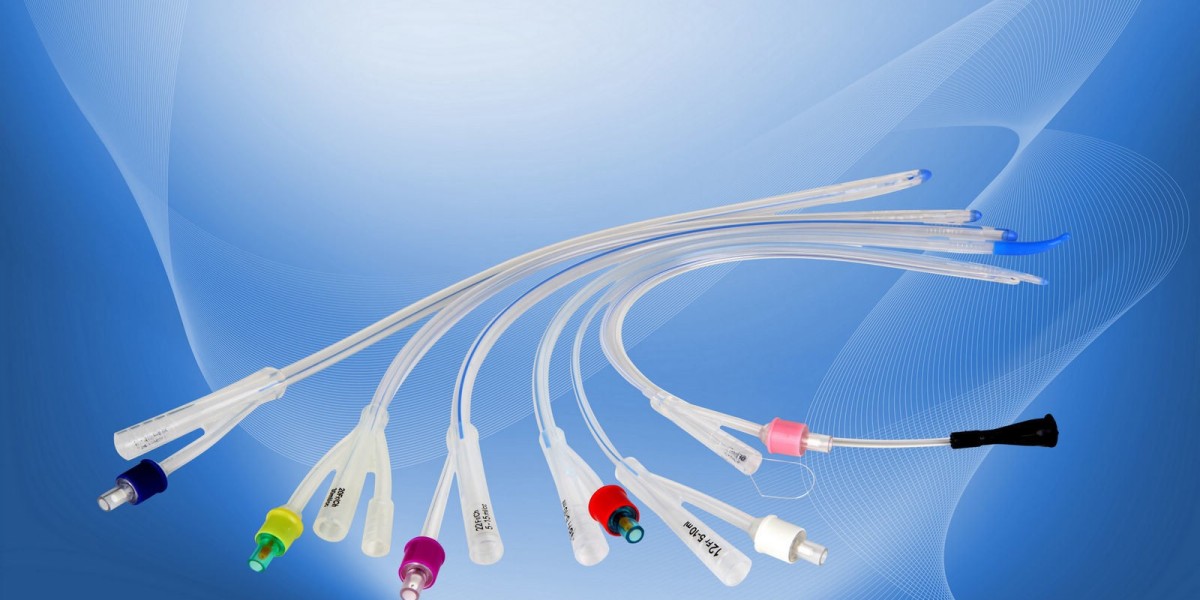Navigating Foley Catheters: Unveiling Risks, Benefits, and UTI Prevention
Foley catheters play a crucial role in medical care, particularly in managing urinary issues. Understanding the risks, benefits, and how to prevent complications, such as urinary tract infections (UTIs), is essential. In this article, we delve into the nuances of Foley catheters, offering valuable insights for both patients and caregivers.
Risks and Benefits of Using a Foley Catheter
Benefits:
Foley catheters serve various medical purposes, offering benefits such as:
· Urinary Retention Relief: Foley catheters help individuals who have difficulty emptying their bladder independently, ensuring proper urine drainage.
· Surgery and Recovery: They are commonly used during surgeries or postoperative recovery, maintaining proper urine flow and preventing complications.
· Accurate Monitoring: Healthcare professionals use Foley catheters to measure urine output accurately, which is crucial for monitoring kidney function.
Risks:
Despite their benefits, Foley catheters come with inherent risks, including:
· Infection Risk: Inserting a catheter introduces the risk of infection, as it provides a pathway for bacteria to enter the urinary tract.
· Tissue Damage: Prolonged catheter use may lead to irritation and damage to the urethra and bladder tissues.
· Bloodstream Infections: In severe cases, catheters can contribute to bloodstream infections, emphasizing the importance of proper hygiene.
Signs of UTI While Using a Foley Catheter
Identifying signs of a UTI is crucial for prompt intervention. Watch out for:
· Foul Odor or Cloudy Urine: Changes in the appearance or smell of urine may indicate a UTI.
· Fever or Chills: Systemic symptoms like fever and chills suggest a potential infection.
· Discomfort or Pain: Increased discomfort or pain around the catheter site could signal a UTI.
Preventing UTIs While Using a Foley Catheter
Proactive measures can significantly reduce the risk of UTIs associated with Foley catheters:
· Maintain Hygiene: Follow strict hygiene practices during catheter care to minimize infection risk.
· Adequate Hydration: Drink plenty of water to help flush bacteria from the urinary tract.
· Regular Catheter Changes: Adhere to the recommended catheter change schedule to prevent complications.
· Monitor Symptoms: Stay vigilant for signs of infection and seek medical attention promptly if any arise.
Foley catheters, while beneficial in medical contexts, require careful consideration of potential risks. Understanding the signs of a UTI and implementing preventive measures are crucial steps in ensuring the well-being of individuals relying on Foley catheters for their urinary needs. By combining awareness, proper care, and regular medical supervision, the risks associated with Foley catheters can be minimized, allowing individuals to experience the benefits without compromising their health.
#CatheterCare #HealthcareInnovation #MedicalDevices #UTIPrevention #FoleyCatheters101 #PatientCare #UrologyInsights
For more information visit at MarketResearchFuture
Other Trending Reports








